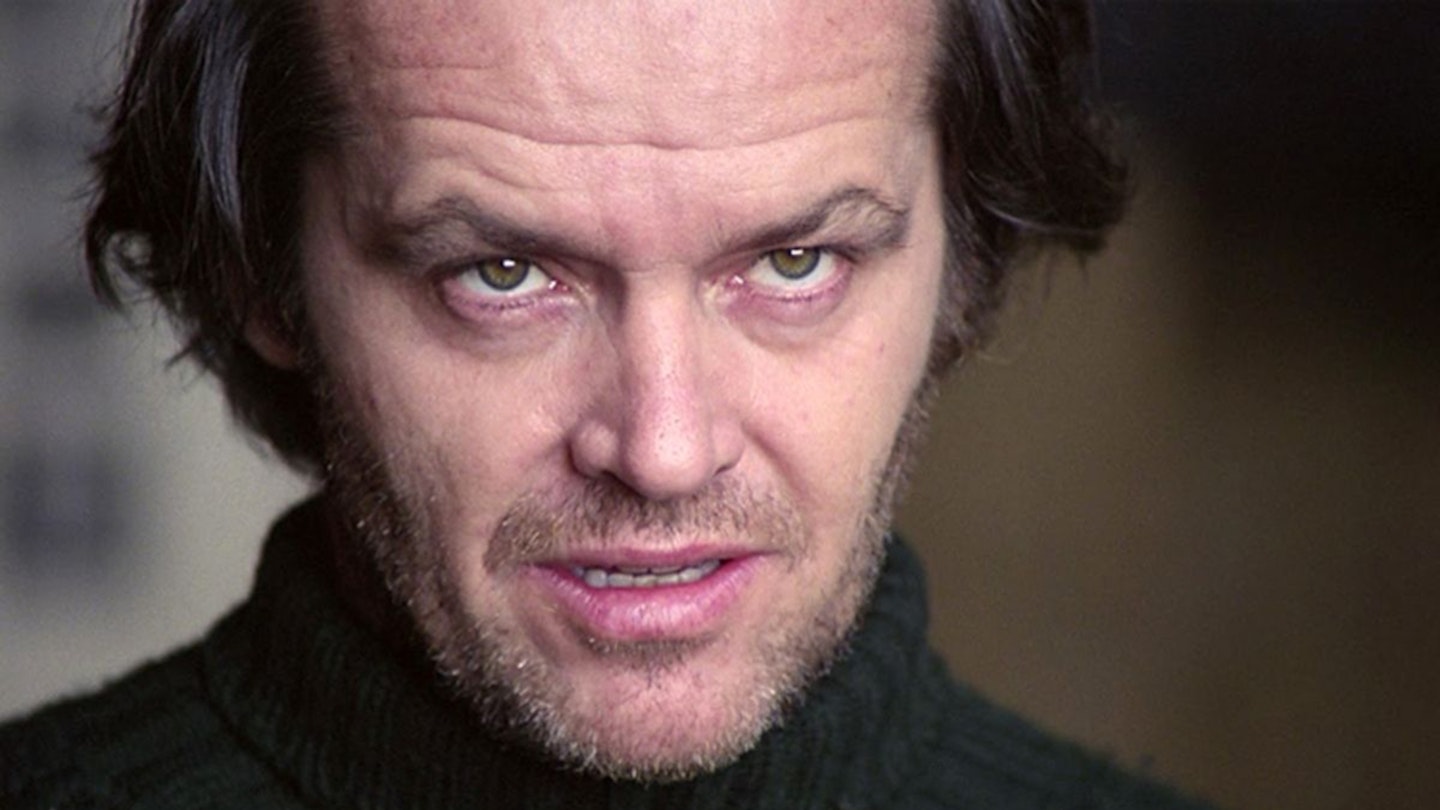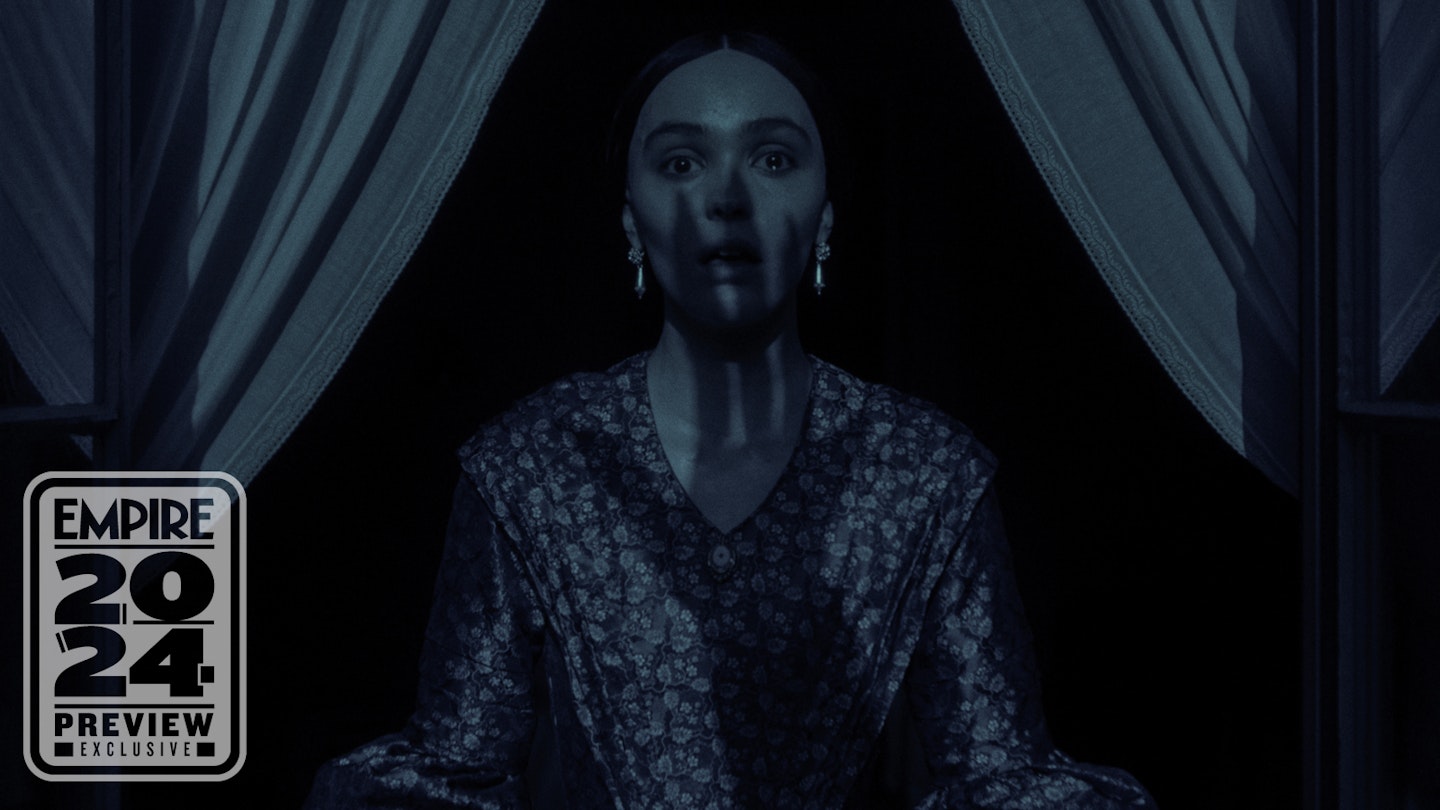Murnau draws from a history that links Vampires to unexplained deaths. The term, Nosferatu, which is a derivation of the Greek "nosophoros" or "plague carrier." The understanding that rat-borne illnesses were the cause of many plagues dominated scientific thinking in recent centuries. While in earlier times many unexplained deaths fueled a developing culture of Vampirism and the concept of the "un-dead" in Europe.
While drawing on popular Vampire lore Murnau and Albin Grau also relied heavily and without permission on Stoker's novel. They apparently had no intention of paying any royalties for their use of the novel as the basis for their screenplay. They attempted to disguise the characters by changing their names and geographical setting.
The film premiered in 1922 but eventually, Florence Stoker with the aid of the British Incorporated Society of Authors succeeded in destroying the original negatives and most of the prints of Nosferatu.
But Vampires have a knack for coming back to life. Several prints surfaced after Florence Stoker's death. Some were turned over to Universal, which by 1928 had acquired film rights to the Dracula novel. Later a French version appeared as well as an English print. Both of these had the character names changed back to Stoker's.
Available for the first time in a restored cut, this essential purchase is the first and still greatest screen Dracula. Max Schreck is unforgettable as the rat-faced, needle-fingered human stick insect who emerges from his battered castle to spread plague through the land as he pays revolting attentions to the pure heroine. Director F.W. Murnau made a few unwise decisions (using fast (as opposed to slow) motion to convey the supernatural passage of the vampire's carriage) but Schreck's vampire is truly nightmarish, scuttling from shadows like something you'd really like to see back under its rock.








